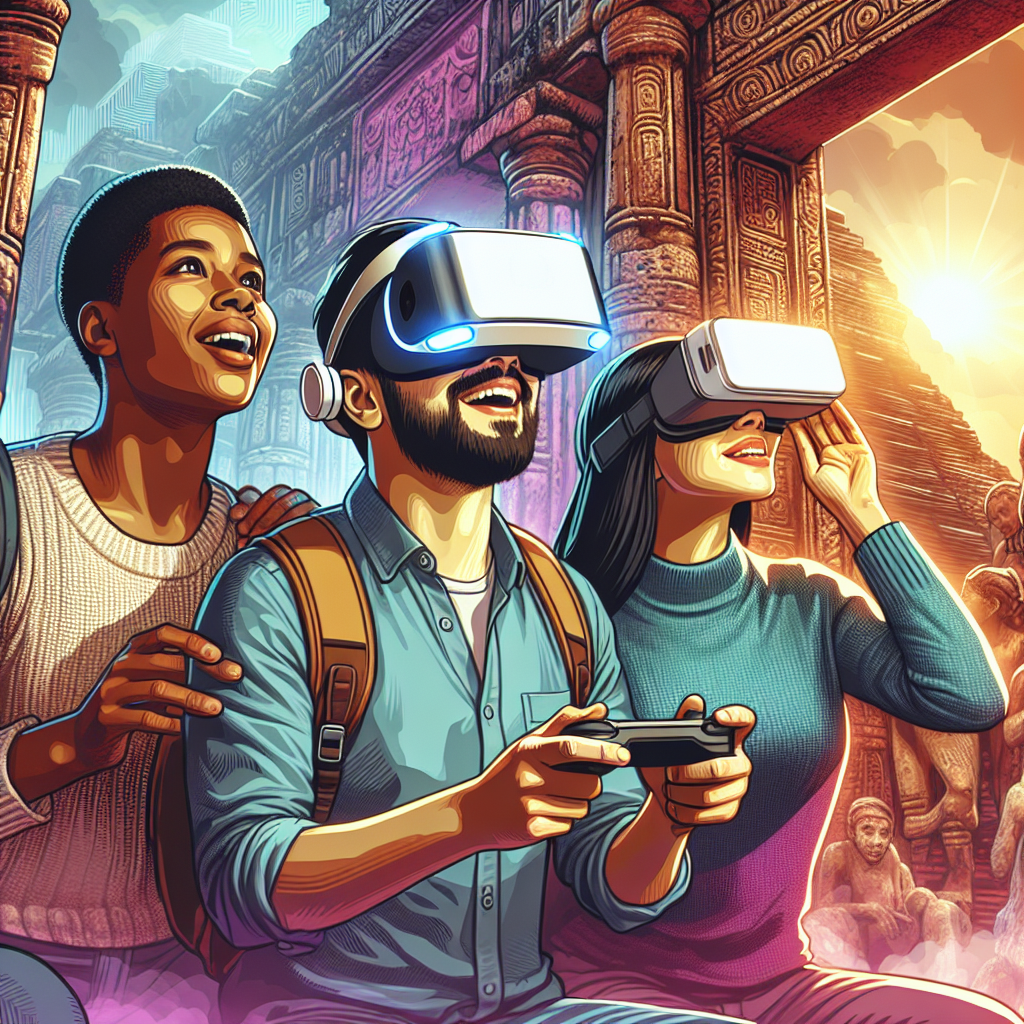Exploring the Past: How Virtual Reality is Revolutionizing Cultural Heritage Preservation
In recent years, virtual reality technology has expanded into various industries including gaming, education, and even healthcare. One particularly exciting development is its use in the preservation of cultural heritage. Virtual reality has the ability to transport users back in time, allowing them to explore ancient ruins, historical monuments, and cultural artifacts in a way that was previously unimaginable.
Cultural heritage preservation has long been a challenge faced by organizations around the world. Historic sites are often subject to natural disasters, vandalism, and wear and tear from tourism. In some cases, conservation efforts can be expensive and time-consuming. By using virtual reality technology, cultural heritage sites can be digitally preserved in a way that is both immersive and interactive.
One of the key benefits of using virtual reality in cultural heritage preservation is the ability to bring these sites to a wider audience. Traditional preservation efforts often involve physical visits to the site, which may be limited by factors such as geography, cost, or accessibility. With virtual reality, anyone with a VR headset and an internet connection can explore these sites from the comfort of their own home. This opens up a whole new world of possibilities for education, tourism, and research.
Virtual reality also offers a new way of experiencing cultural heritage sites. Users can interact with the environment in a way that goes beyond simply looking at pictures or watching videos. They can explore hidden corners, zoom in on intricate details, and even participate in virtual tours led by experts. This level of immersion helps to create a more authentic experience, allowing users to truly feel like they are stepping back in time.
Another advantage of virtual reality in cultural heritage preservation is the ability to create digital archives of these sites. By capturing detailed 3D scans of monuments, artifacts, and buildings, organizations can create virtual replicas that can be preserved for future generations. This not only helps to protect these sites from potential threats but also ensures that their legacy can be passed down for years to come.
FAQs:
Q: How does virtual reality technology work in cultural heritage preservation?
A: Virtual reality technology typically involves the use of a VR headset, which immerses users in a digital replica of a cultural heritage site. Users can navigate the environment using controllers or motion-activated sensors, allowing them to explore the site in a way that feels realistic.
Q: What are some examples of virtual reality in cultural heritage preservation?
A: One notable example is the project by the British Museum, which used virtual reality to recreate the ancient city of Palmyra in Syria. Another example is the VR experience of the Karnak Temple in Egypt, created by the Ministry of Antiquities in collaboration with a technology company.
Q: How can virtual reality benefit cultural heritage preservation?
A: Virtual reality offers a new way of experiencing cultural heritage sites, allowing users to explore them in a detailed and interactive manner. It also helps to preserve these sites for future generations by creating digital archives that can be accessed anytime, anywhere.
Q: Are there any challenges in using virtual reality for cultural heritage preservation?
A: One challenge is the cost of creating and maintaining virtual reality experiences, as well as the need for specialized technical expertise. Additionally, ensuring that the digital replicas accurately reflect the original sites can be a complex process that requires attention to detail.
